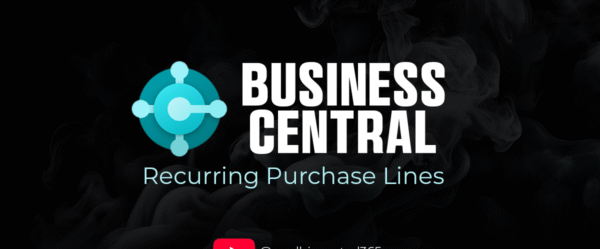The XY Problem: Efficiently Asking for Assistance
In professional services and support environments, efficient communication is critical to problem-solving. Yet one of the most common communication pitfalls is something known as the XY Problem—a scenario where someone asks for help with a specific solution (Y) rather than describing the actual problem they are trying to solve (X). This often results in confusion, misdirected assistance, and significant wasted time for both the requester and the support team.
Understanding the XY Problem
The XY Problem follows a common pattern:
- A user is trying to accomplish X.
- They are unsure how to achieve X, but believe that performing Y might be a viable path.
- However, they also do not know how to accomplish Y.
- The user asks for help with Y, rather than describing X.
- Those providing assistance focus on Y, which may seem confusing, inefficient, or irrelevant.
- After considerable discussion, it becomes clear that the user’s actual objective was X—and that Y was not an appropriate solution.
This misalignment results in miscommunication and delays. By not sharing the broader context, the user unintentionally limits the ability of others to offer more direct, effective solutions.
Why This Happens
This issue typically arises when individuals become fixated on a specific solution they believe will resolve their challenge. As a result, they fail to take a step back and articulate the full scope of the problem. Instead of communicating the desired outcome, they focus solely on an intermediate step, even when that step may be unnecessary or incorrect.
Best Practices for Asking for Help
To avoid falling into the XY Problem trap, consider the following best practices when requesting support:
1. Clearly State Your Objective
Begin by explaining the end goal. What are you ultimately trying to achieve? This allows others to evaluate the situation and recommend the most appropriate path forward.
2. Describe the Problem, Not Just the Assumed Solution
Instead of asking, “How do I do Y?”, consider saying, “I’m trying to accomplish X, and I thought Y might be one way to get there. Do you think that’s the best approach?”
3. Provide Relevant Context and Constraints
Include background information, system limitations, business rules, or any constraints that might affect the solution. This allows others to better understand the full picture and avoid suggesting options that are not feasible.
4. Share Prior Attempts
If you have tried and ruled out other approaches, explain what you tried and why it did not work. This reduces redundancy and helps others understand your reasoning.
5. Be Responsive and Open-Minded
If someone asks for additional information, provide it. Keep in mind that if your initial assumptions were accurate, you likely wouldn’t need assistance. Stay open to alternative solutions.
Final Thoughts
Avoiding the XY Problem is not only about asking better questions—it’s about creating more productive and collaborative conversations. By communicating the actual problem, rather than just the assumed fix, you empower others to offer more targeted and effective support.
Next time you submit a request, take a moment to step back and share the full objective. A well-framed question can significantly accelerate the path to a real solution.







